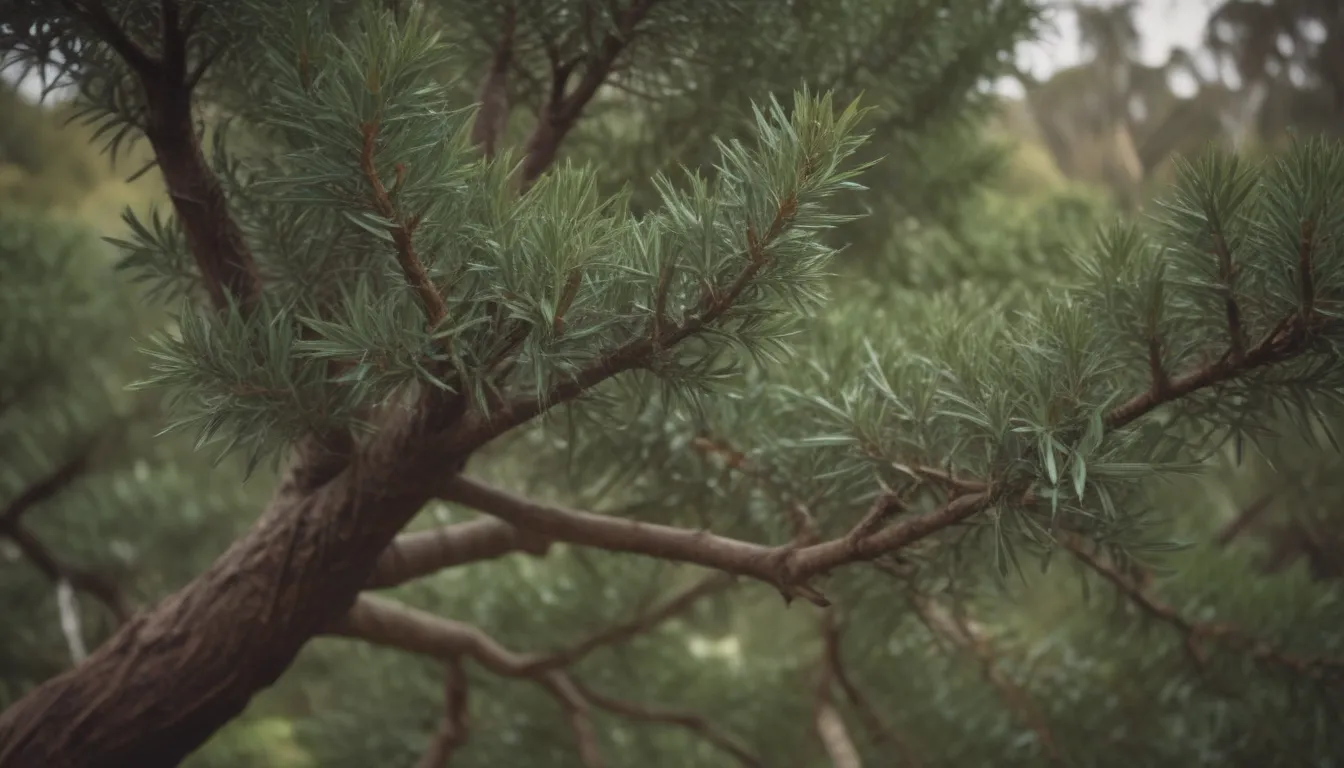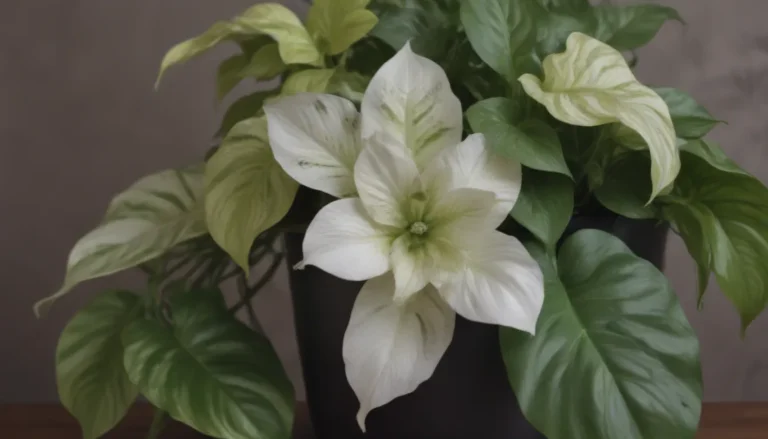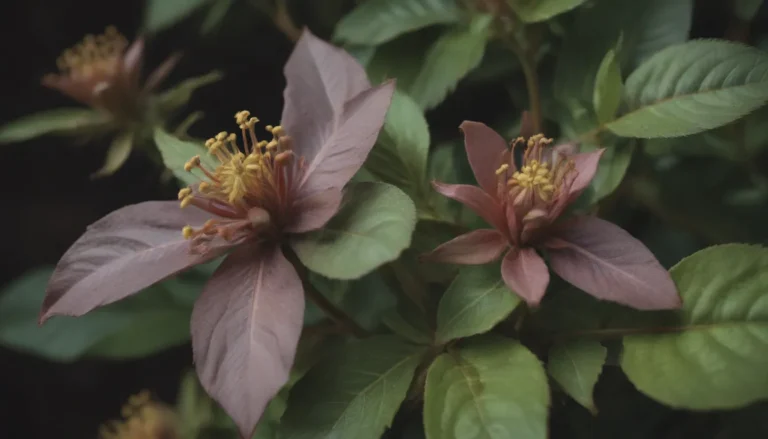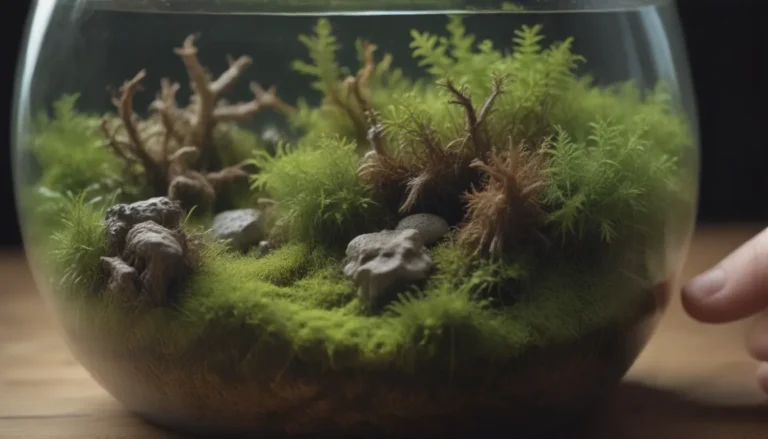A Comprehensive Guide to Growing and Caring for New Zealand Tea Tree

New Zealand tea tree, scientifically known as Leptospermum scoparium, is a stunning evergreen shrub that can bring beauty and functionality to your garden. This plant not only offers decorative value with its showy blossoms but also attracts beneficial pollinators like bees. In addition, it is the source of manuka honey, renowned for its culinary and medicinal properties. If you’re considering adding this lovely shrub to your outdoor space, here is a complete guide on how to grow and care for New Zealand tea tree.
Overview of New Zealand Tea Tree
When it comes to appearance, New Zealand tea tree is known for its upright growth habit and small prickly leaves that release a pleasant fragrance when crushed. It blooms in early summer, displaying charming single or double flowers in shades of white, pink, or red. This shrub can reach heights of six to ten feet, making it a versatile addition to both gardens and containers.
Planting New Zealand Tea Tree
- Plant your shrub in the spring or early fall in a spacious location to allow it room to flourish.
- Ensure the soil is well-draining by mixing in compost and digging a hole three times wider than the root ball.
- Water your plant deeply to encourage strong root development.
- Add a layer of mulch around the base, keeping it a few inches away from the trunk to retain moisture.
Warning:
In some tropical regions like Hawaii, New Zealand tea tree has become invasive when grown in the wild. Before planting it in your garden, consult with local authorities to avoid potential issues.
Care Tips for New Zealand Tea Tree
Light
New Zealand tea tree thrives in full sun, although it can tolerate some shade. For abundant flowering, it is best to plant it in a sunny location.
Soil
This shrub prefers fertile, slightly acidic soil with good drainage. If the soil is heavy, you can improve its quality by incorporating compost or organic matter.
Watering
Young New Zealand tea tree plants need regular watering to keep the soil consistently moist. Once established, they are more tolerant of drought but still require moderate moisture levels.
Temperature and Humidity
Ideally suited for USDA zones 9 to 10, New Zealand tea tree flourishes in warm climates with high humidity. In cooler regions, container-grown plants can be brought indoors during winter.
Fertilization
While this plant generally does not need frequent feeding, an application of compost or balanced fertilizer every few years can promote healthy growth. Container-grown specimens may require yearly fertilization.
Types of New Zealand Tea Tree
- ‘Apple Blossom’
- ‘Burgundy Queen’
- ‘Snow White’
- ‘Red Damask’
- ‘Red Ensign’
- ‘Ruby Glow’
- ‘Silver and Rose’
Pruning and Propagating New Zealand Tea Tree
Pruning
To maintain the shape and encourage bushier growth, prune New Zealand tea tree after flowering. Remove dead or damaged wood, but avoid cutting back more than one-third of the plant at a time.
Propagating
While the pure species can be grown from collected seeds, named cultivars are best propagated through semi-hardwood cuttings. This method ensures the new plants retain the desired characteristics of the parent.
Growing New Zealand Tea Tree From Seed
- Collect seeds from mature pods in spring and sow them in trays filled with seed starter mix.
- Transplant seedlings into individual pots and provide protection from cold temperatures in the first two years.
Potting and Overwintering
- Grow smaller varieties in well-draining pots with a mix of potting soil and sand.
- Repot in larger containers as needed, ensuring ample room for root growth.
- Provide winter protection for outdoor potted plants if temperatures drop below 40 degrees Fahrenheit.
Common Pests and Diseases
New Zealand tea tree is generally resistant to pests and diseases, but occasional infestations of caterpillars, borers, or scales may occur. Treat with horticultural oil if necessary and ensure proper growing conditions to prevent issues.
Troubleshooting Common Problems
- Chlorosis: Yellowing leaves with dark veins indicate alkaline soil; amend the pH for optimal growth.
- Root rot: Avoid overly moist conditions to prevent this issue, which can be fatal to the plant.
In conclusion, New Zealand tea tree is a versatile and attractive addition to any garden. By following these care guidelines and tips, you can enjoy the beauty and benefits of this remarkable shrub for years to come. Remember to provide the right conditions for growth, and your New Zealand tea tree will reward you with its stunning blossoms and aromatic foliage.





